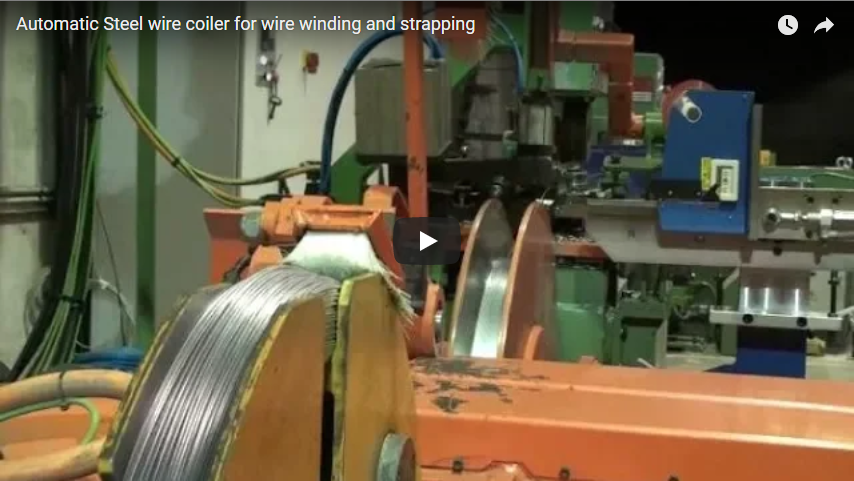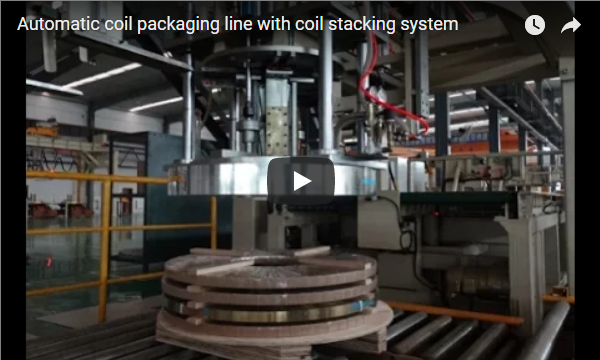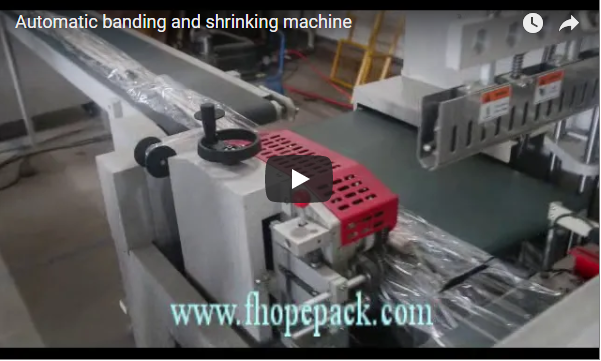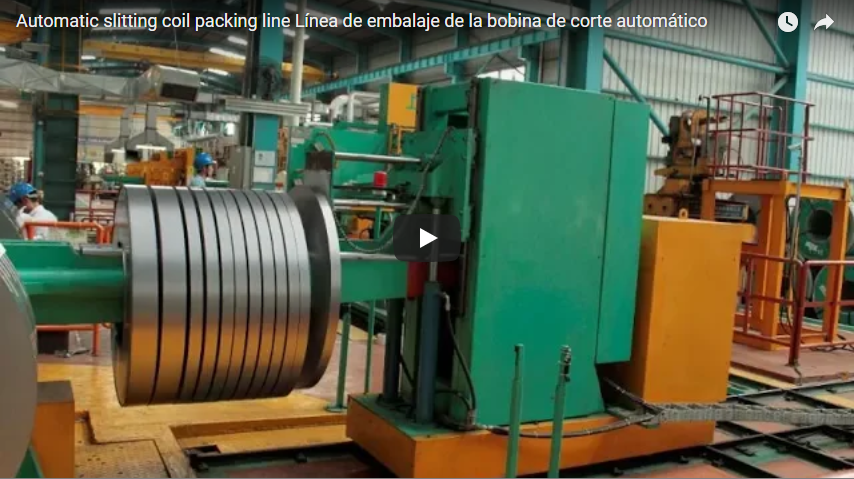Optimizing Copper Coil Processing: An In-Depth Look at Automated Strip Welding and Vacuum Handling Lines
The efficient and precise handling and joining of copper coil strips present unique challenges in modern industrial manufacturing. Copper's high thermal conductivity, susceptibility to oxidation, and relative softness demand specialized processing solutions. Addressing these needs, integrated copper coil strip welding and handling lines incorporating vacuum lifter technology represent a significant advancement in automation, enhancing productivity, quality, and operator safety. This article delves into the technical aspects and operational benefits of such systems, reflecting insights often featured in industry publications like MM MaschinenMarkt.

Addressing Core Challenges in Copper Coil Handling
Traditional handling methods for heavy or large-dimension copper coils can risk surface damage (scratches, indentations) and pose ergonomic challenges for operators. Vacuum lifting technology provides a sophisticated solution:
- Damage Mitigation: Specially designed suction cups distribute lifting forces evenly across the coil surface, preventing localized pressure points inherent in clamp or hook-based systems. This is crucial for maintaining the integrity of sensitive copper surfaces, as highlighted in material handling research focusing on non-ferrous metals.
- Enhanced Safety: Automated vacuum handling minimizes manual lifting requirements, reducing the risk of musculoskeletal injuries. Integrated sensors and interlocks ensure secure gripping before lifting and transport operations commence.
- Increased Efficiency: Automated handling cycles are typically faster and more repeatable than manual methods, contributing to overall line throughput.
Advanced Welding Techniques for Copper Strips
Joining copper strips requires overcoming the material's high thermal conductivity, which rapidly dissipates heat away from the weld zone. Automated lines often employ advanced welding processes tailored for copper:
- Optimized Welding Parameters: Techniques such as Tungsten Inert Gas (TIG) welding, Laser Beam Welding (LBW), or specialized resistance welding methods are frequently utilized. Control systems precisely manage parameters like current, voltage, travel speed, and shielding gas flow to ensure consistent energy input and minimize heat-affected zones (HAZ). Patent literature often details specific parameter windows (e.g., US Patent US9180538B2 discussing laser welding parameters for copper) for achieving optimal joint quality.
- Process Consistency: Automation eliminates operator variability, ensuring repeatable weld quality that meets stringent industry standards (e.g., relevant ISO or AWS specifications). This consistency is paramount for applications in electrical components, heat exchangers, and transformers where joint integrity directly impacts performance.
- Quality Assurance: Integrated sensors may monitor the welding process in real-time. Post-weld inspection stations (visual or automated) can be incorporated into the line to verify joint quality.
System Integration and Automation Control
The synergy between the handling and welding units is critical for seamless operation:
- PLC Control: A central Programmable Logic Controller (PLC) orchestrates the entire sequence, including coil loading via vacuum lifter, precise positioning in the welding station, execution of the weld cycle, and unloading of the processed coil.
- Human-Machine Interface (HMI): Intuitive touchscreen interfaces allow operators to monitor the process, adjust parameters (within defined limits), manage recipes for different coil specifications, and receive diagnostic feedback.
- Line Integration: These systems are designed for integration into larger production environments, receiving coils from upstream processes (e.g., slitting lines) and feeding welded coils to downstream operations (e.g., stamping, forming, or packaging).
Key Performance Parameters and Benefits
Automated copper coil welding and handling lines offer measurable advantages:
Technical Highlights (Typical Ranges):
- Coil Handling Capacity: Dependent on lifter specification (e.g., up to several tonnes)
- Strip Width Range: Customizable (e.g., 100 mm - 1500 mm)
- Strip Thickness Range: Typically 0.5 mm - 5 mm (process dependent)
- Welding Technologies: TIG, Laser, Resistance (as specified)
- Control System: PLC-based with HMI
Operational Benefits:
- Enhanced Productivity: Reduced cycle times through automated handling and welding sequences.
- Superior Weld Quality: High consistency and metallurgical integrity of joints.
- Improved Material Yield: Minimized scrap due to handling damage or inconsistent welds.
- Increased Operator Safety: Reduction in manual handling and exposure to welding environments.
- Process Reliability: Consistent performance shift after shift.
Conclusion
The integration of vacuum lifter technology with advanced automated welding systems provides a robust solution for the demanding requirements of copper coil strip processing. As documented in technical papers and industry case studies, these lines deliver significant improvements in efficiency, weld quality, operational safety, and overall productivity. They represent a key enabling technology for manufacturers in sectors reliant on high-quality copper components, aligning with the continuous drive for automation and process optimization prevalent in the modern industrial landscape.
For more packaging machine, just here.






